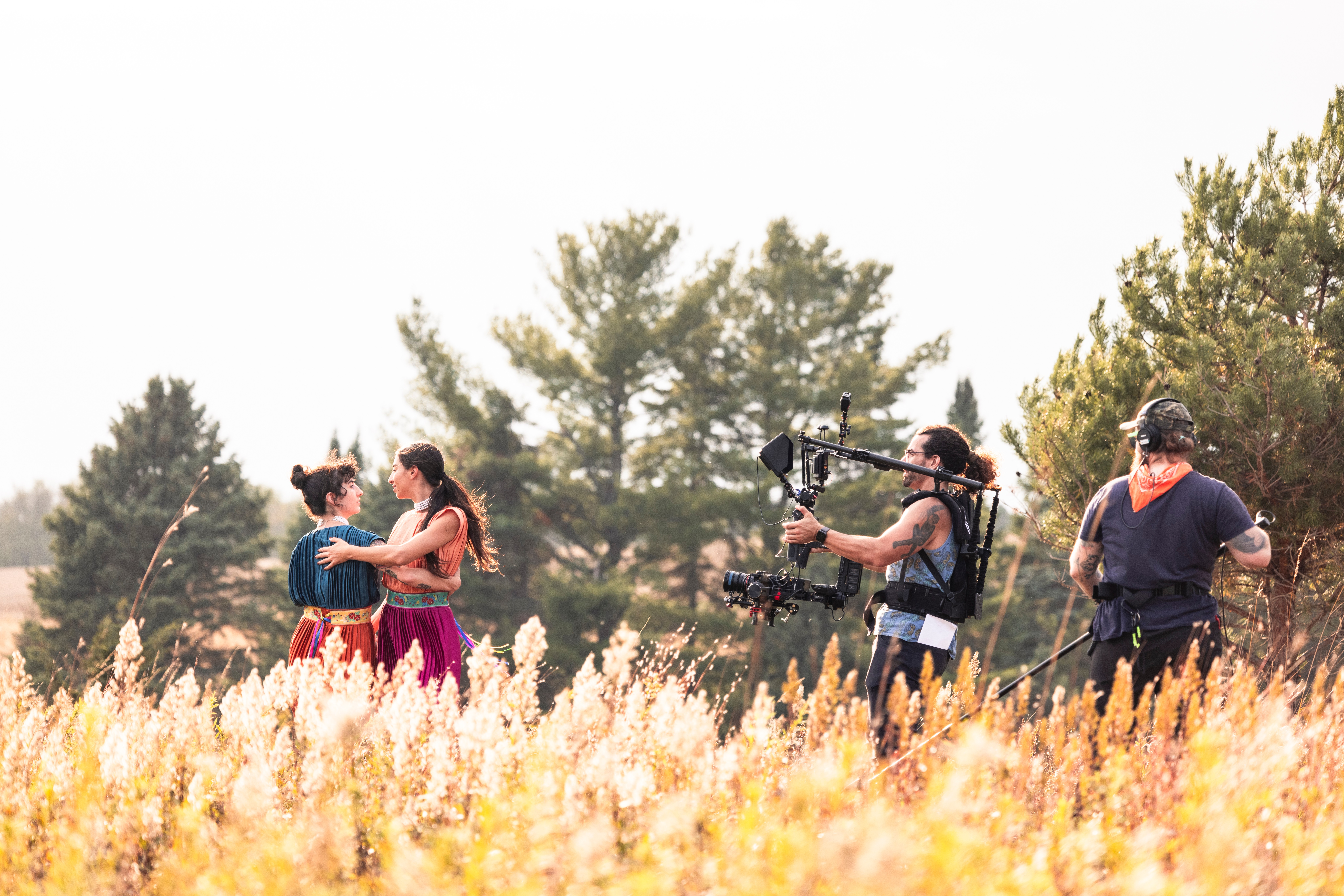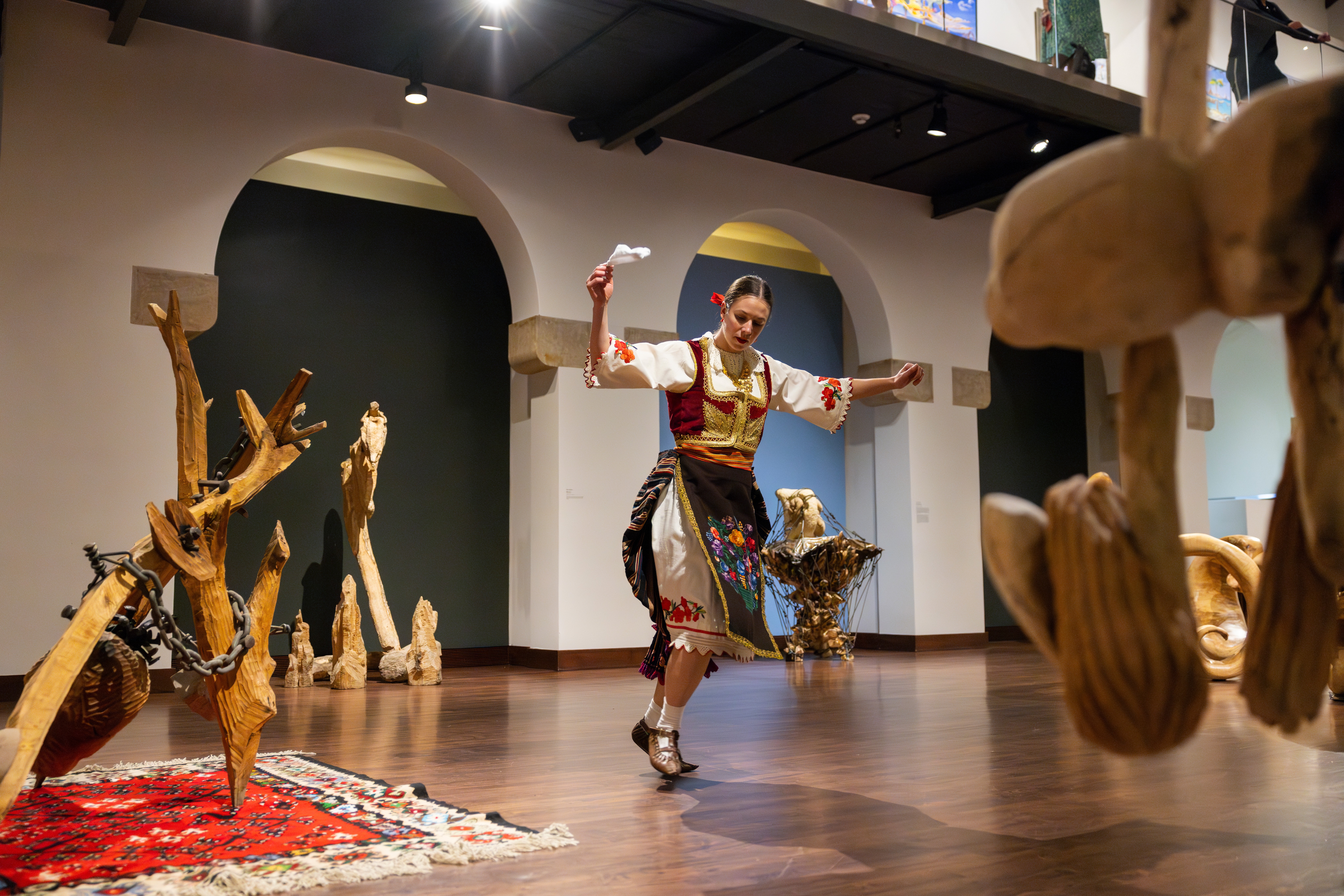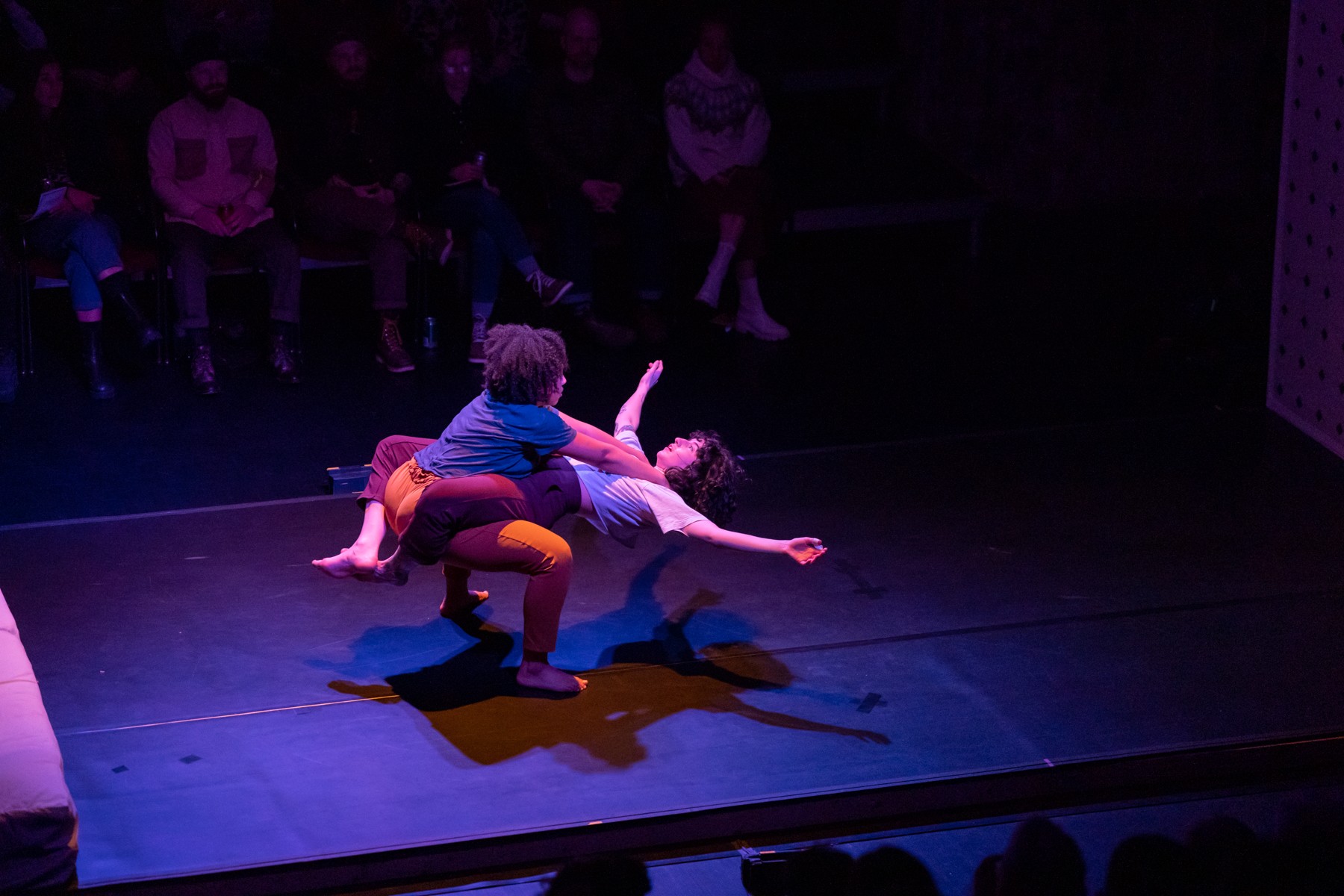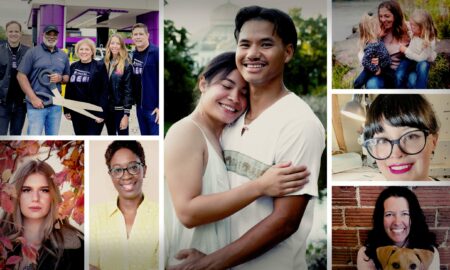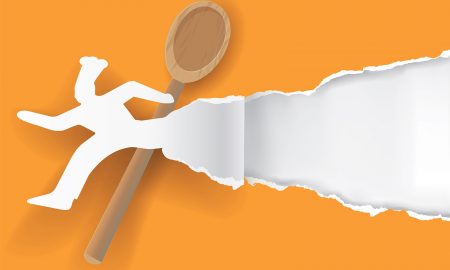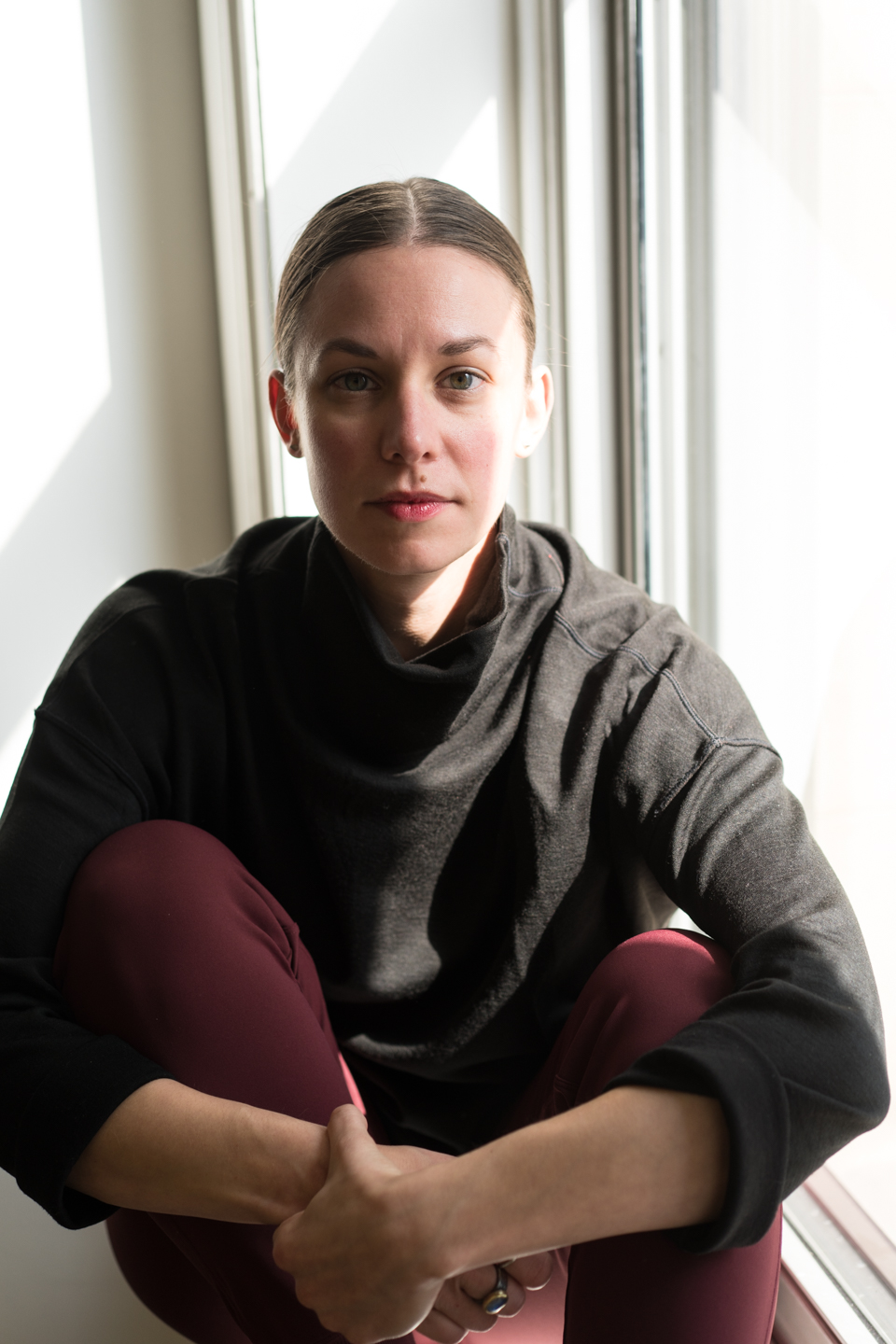

Today we’d like to introduce you to Alexandra Bodnarchuk
Hi Alexandra, so excited to have you on the platform. So before we get into questions about your work-life, maybe you can bring our readers up to speed on your story and how you got to where you are today?
My dance journey began when I was 2.5 years old. My parents put me in classes because they thought it would help me overcome my shyness, and I loved dancing around my living room. I went to a small studio called Benvin Dance Academy run out of a American Legion building in Etna, PA. My dad cleaned the floors in exchange for my lessons in ballet, tap, and jazz.
Around the age of nine I began folk dancing. I was a member of the North Hills Junior Tamburitzans under the direction of Zeljko Jergan, former member of the National Folk Dance Ensemble of Croatia LADO, for two seasons. There I performed dances from Bulgaria, Croatia, Slovakia, Ukraine, among others.
I then joined Slavjane Folk Ensemble under the direction of Jack and Dean Poloka. It was my mom’s curiosity around our heritage that led us to that ensemble. “We’re Carpatho Rusyn” she would say “but I don’t know what that means”. Slavjane’s focus was preserving Carpatho Rusyn culture, so half of our show was dedicated to dances from Carpatho Rusyn villages and the other half would include dances from Bulgaria, Serbia, Macedonia, etc. In 2005 we toured to Slovakia, Poland, and Ukraine performing in festivals and concerts throughout the region.
Being a part of this ensemble was an incredible gift. Performing extensively throughout the tri-state area (PA – OH – WV) with up to 30 shows a season instilled a deep love of my culture and heritage that inspires me to this day.
I ended up graduating from Bodiography Contemporary Ballet’s College Preparatory Program under the direction of Maria Caruso before attending Ohio University. There I earned a BFA in Dance Performance & Choreography, and a BA in French. After school, I moved back to Pittsburgh where I spent four years working with local companies and began making my own work before moving to Minneapolis in 2016.
I think in the back of my head I have always wanted to run my own company, however, it took me many years to figure out how to do so.
In summer 2023, I attended a study abroad program at the University of Prešov in Prešov Slovakia. It was the first time I had ever been able to study my culture, language, and heritage in a formal environment. It gave me the time, the space, and the resources to understand how I could bring together the two worlds I had been straddling for years – the folk and contemporary – together.
Additionally, having the support and encouragement of peers from both in the States and abroad gave me the confidence to bring my company, Doma Dance Theater, to fruition. This ’24 – ’25 season is our first, and includes two commissions!
Doma is a featured artist for Arena Dances 2025 Candy Box Dance Festival (April 21-26, 2025) at The Southern Theater. I am also making a work for James Johnson’s Celtic Balkan project entitled Thistle and Rose, which will premiere at Celtic Junction, May 31- June 1, 2025.
Can you talk to us a bit about the challenges and lessons you’ve learned along the way. Looking back would you say it’s been easy or smooth in retrospect?
No. My road has not been smooth. No dancer who has made it onto the professional stage hasn’t had their share of struggles. There are many antiquated practices, belief systems, and normalized abuse patterns still in practice that negatively impact the very dancers working to succeed in this art form. That aside, there is something else I want to draw attention to.
Growing up in Pittsburgh I was surrounded by many people of Slavic and Balkan descent. Our communities ebbed and flowed together, and is so prevalent that there is even a pierogi race at every Pirates baseball game. I didn’t know until I went to college how special and unique my childhood experience was. I remember presenting my senior solo for my professors – a piece that included traditional and contemporary steps in the movement vocabulary – and seeing a room full of silent, blank stares.
This was the first time I was really confronted – in a stark way – by the ignorance and attitude the formal dance world and education system has towards Slavic and Balkan folk and traditional dance. They were unequipped to support my work, and offered little in the way of feedback, guidance, or encouragement.
This moment has stayed with me like a flashing WARNING sign. It was clear that that solo diverted from the anticipated norm and cannon of modern/post modern dance I’d studied, and it made me timid to step over that line again.
This attitude was reinforced many times throughout my career. Seeing the term “folk” being used to describe something simplistic, crude in nature, and requiring no skill, built up shame towards something I had spent countless hours joyfully learning and proudly performing.
It altered my sense of self.
To some degree I understand where that attitude comes from. We are taught to value dance as something otherworldly only elite humans can do. This idea primarily stems from ballet, and is now being fed by the competition dance scene which encourages and gawks as hyper-flexibility and hyper-mobility in a similar way.
I’m coming from a very different place. We are people from the mountains, farmers, migrant workers, working class. We come from some of the most forgotten and unrecognized regions, i.e. flyover section, of Europe. A people without a country. A people singing and dancing to forget how hard life is for a moment. A people who have lived at the edges of empires and their ever changing borders. This is why Andy Warhol said “I am from nowhere”.
I still see these blank stares in the audience, but now I have the agency to stare back and use those interactions as educational moments, rather than cues to be silent.
Each of us are born into our own cultural sphere. As we grow, mature, and change we must make a choice about how to carry it forward. Moving to Minneapolis eight years ago prompted me to grapple with this choice in ways I never expected. And I choose it. I was born into it, and now I choose it. I choose it because I love it. Because it is mine. Because being part of it connects me to something larger than myself.
As you know, we’re big fans of you and your work. For our readers who might not be as familiar what can you tell them about what you do?
I am a Carpatho Rusyn American choreographer. My work explores the body as a tangible site of culture we all carry. In evolving my work from Alexandra Bodnarchuk Dance Projects to Doma Dance Theater, I am making my cultural heritage a more prominent and recognizable lens in my work.
My works incorporate contemporary and folk styles from the movements to the costuming. Transitioning to Doma has inspired me to approach costuming in a different way, allowing me to find exciting ways to incorporate elements of traditional costumes from ancestral villages and regions. This looks like bright colors, ribbons, pleated fabric, and the like.
My work is very emotional and parter based. I often work with women. I prefer smaller casts so I can dig deep with the artists throughout the process to create works that can make people laugh and cry. I sometimes use text, and I’m always looking for new ways and more ways to immerse the audience in the world I make for each piece.
I am very excited to be working with live music and live singers for each of my commissions this season. This will add a more aural texture to each piece that will really take the audience on a journey.
Before we let you go, we’ve got to ask if you have any advice for those who are just starting out?
In no particular order :
1 – Learn to talk about money, from asking for a donation to setting your rate.
2 – Every application – successful or not – gets your work in front your peers.
3 – If it takes 10,000 hours of practicing something to master it, let yourself fail 10,000 times to become successful at it.
4 – Talk to people, especially those who you look up to. Ask them to coffee.
5 – Everyone likes a compliment.
6 – Remember the things you like as much as the things you don’t like.
7 – Ask for what you need. This extends beyond the rehearsal room. Always ask; you never know what someone might be able or willing to give you, or how they could support you.
8 – Some people do have to work harder than others.
9 – You are always networking.
10 – Carry a pen.
11 – See everything.
12 – Critical thinking is a practice. Engage in it.
13 – Delegating is not a sign of failure, but a recognition of how your time and skill set could best be utilized.
14 – Have your elevator pitch/2 sentence bio ready. You’ll need it when you least expect it.
15 – Believe in yourself.
Contact Info:
- Website: https://www.domadancetheater.org
- Instagram: @domadancetheater
- Facebook: https://www.facebook.com/profile.php?id=61557925117144
- Other: https://vimeo.com/domadancetheater
